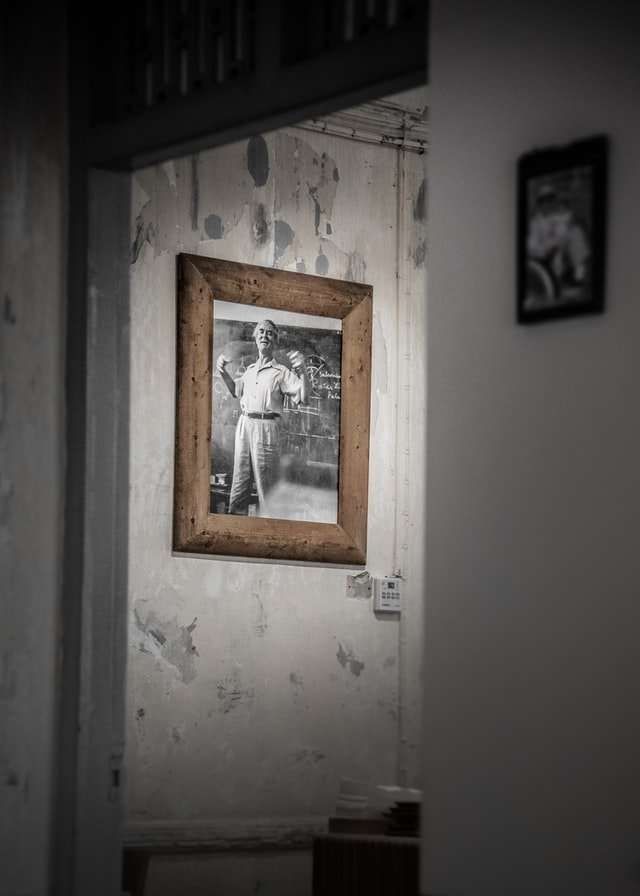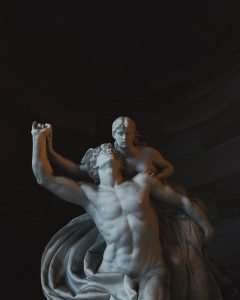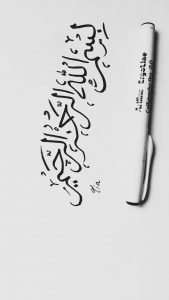A high-quality art paper can be used for prints, drawings and photographs. Paper is rated by weight, ranging from 80 to 300 pounds. The higher the number, the heavier the weight.
Art papers are also given a surface texture rating, which ranges from smooth to rough. The smoother the surface, the more detail that can be reproduced in a photograph or drawing. The rougher the paper surface, the more texture it will have.
Art Papers come in a wide variety of sizes, but they all break down into three categories: letter size (8 1/2 x 11 inches), tabloid size (11 x 17 inches) and ledger size (17 x 22 inches). Kinds of art paper include illustration board, watercolor paper and mixed media paper.
How to Choose Art Paper: Tips for Choosing an Art Paper:
Choose what you like best in terms of texture and color.*
If you are interested in photographs or reproductions, choose a coarse-textured paper with a smooth finish.*
If you want your work to show texture and detail as well as color, choose an art paper with a rough texture.*
Choose what you can afford.*
Paper is one of the most popular mediums for art. It is available and affordable, and it comes in many styles and colors. However, it can be hard to choose which type of paper to use and where to buy art paper.
A good place to find art paper is an artist’s supply store or an online supplier specializing in art supplies. The Internet is an ideal place to look for art paper because you can search many pages at once.
Art papers come in a variety of sizes and weights, which refers to the thickness of the paper. Heavyweight paper is more durable than lightweight paper, which makes it better for printing photos or images that might get wet.
Lightweight papers are often used by artists because they are less likely to warp when they are stored rolled up on a shelf or in a drawer. Most types of paper will not warp when you paint on them, but if the painting gets wet or if there is a lot of humidity in the air, lightweight paper can become damaged more easily than heavyweight paper.
The surface of the paper also affects how you should paint on it. Glossy art paper is great for colored pencils and paints that give off lots of pigment, but watercolors might bleed through it if applied too thickly.
What is the best art paper? The answer to that question, as with all questions of “best,” is entirely dependent on you. Art paper is available in a multitude of types, sizes and qualities. With so many choices, how do you choose the best art paper for your needs?
Types of Art Paper:
Art papers include drawing papers, watercolor papers, illustration papers, printmaking papers and mixed media papers. Each type serves a different purpose; choosing the right one for your art can make a big difference in how successful you are.
The two most common kinds of art paper are drawing and watercolor. Drawing paper typically comes in white or cream colors, while watercolor paper comes in a variety of colors. Illustration paper is typically used for creating fine art prints; it is not meant for painting. Printmaking papers are used for creating art prints through the use of etching, lithograph or monotype processes. Mixed media artists may use any kind of paper suitable to their needs; this includes drawing, watercolor and printmaking papers.
Let’s take a look at some specific examples:
Creative Paper Company offers high-quality archival art supplies that are ideal for mixed media work. Their Cold Press Watercolor Paper lets you experiment with
Paper is an essential part of any artist’s work. With the right paper, you can create a painting that looks like the real thing.
Art paper is available in many different types and sizes, but they all have one thing in common: they are made to be used with art media. You can buy art papers in pads and rolls, as well as mounted on clips or canvas boards.*
Some artists prefer to paint on smooth clay-coated paper because it can take a lot of erasing before it starts to feel rough. Artists who use charcoal and pastel prefer a rough surface so the drawing media won’t glide over the paper too easily.
Artists who use watercolor or acrylics will want to choose a medium surface paper so their paints don’t soak in too quickly.
You might also consider using a heavier weight paper if you plan to do any cutting or tearing with your materials. A heavier paper will hold up better under stress than a lighter one will.*
You’ll also need to think about storage options for your finished artwork. If you plan on framing your paintings, you’ll want to find a way to store your finished artwork between sessions.*
It’s important to choose art paper that works for you, whether you’re an experienced artist or
When you are buying art paper, choose the highest quality. High quality paper ensures that your work will stay in good condition for a long time. There are various types of art paper for you to choose from, including watercolor paper and drawing paper. Watercolor paper is made of cotton or linen and is ideal for use with watercolors and ink. Drawing paper is commonly used for pencils, crayons, charcoal, and pastels. It comes in both white and ivory colors. Art papers are available at most art stores and some craft supply stores. Larger quantities can be found online.
TIP! High quality paper ensures that your work will not be ruined when it is framed.”
Art paper is a little different from the standard office paper. It has been made with consideration to its use as a surface for art and design. This means that it has been made with special considerations in mind, such as making sure it doesn’t buckle too much when you apply pressure to it, or that the texture is right for your medium.
There are many types of art paper out there, each with its own unique characteristics. In order to pick the right one for you and your project, you need to be familiar with some basics. Generally, this type of paper comes in two varieties: cold press and hot press.
The main difference between these two kinds of paper is the texture. Cold press paper has a rougher texture and is often used for charcoal drawings or watercolors. Hot press is smoother on one side and often used for oil paintings.
Each kind of art paper also comes in multiple weights, which refers to how thick the paper is. The heavier the weight, the thicker the page will be. Very heavy weight papers are often used for working on lithographs or etching. The majority of art papers come in either a 300gsm or 400gsm weight.
* Art paper is the paper used for art projects. It usually comes in large sheets, which can be awkward if you need to limit your project size or if you want to work on something smaller. The large sheets do make it easier to keep your artwork out of harm’s way as you work on it, though, and provide lots of room for mistakes and changes. The paper may be textured, blank, or printed with a design.
The paper used for art projects is usually heavier than the typical printer paper you might use at home. It’s thick enough to provide a sturdy surface that will support layers of paint and other media. And it’s smooth enough that paint and ink will cover it evenly. Some types of art paper are more flexible than others, so be sure to check the packaging before you buy.
The texture of the paper provides one clue about its quality. The smoother it is, the better quality it is likely to be. Smoothness also makes it easier to get a good finish on your work because there won’t be any bumps or irregularities in the surface that will show through your paint job.*



